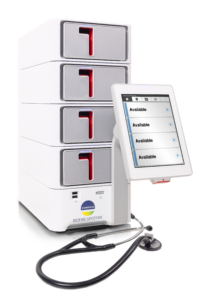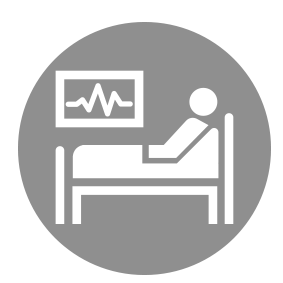How do you treat these kinds of infections?
When determining a proper treatment plan for a patient, it is imperative that a physician understand whether an infection is viral, bacterial, or parasitic. However, as traditional testing methods are often slow, a physician might prescribe antibiotics while awaiting results, particularly in cases of meningitis and sepsis. But unnecessary antibiotics contribute to antibiotic resistance, a growing concern in the medical community.
Bacterial infections: Many bacterial infections can be treated with antibiotics, which are medications specifically designed to kill or inhibit the growth of bacteria. Antibiotics work by targeting bacterial cell structures or functions. However, it’s important to note that antibiotic resistance is a growing threat, and some bacterial strains may be resistant to certain antibiotics.
Viral infections: Unlike bacterial infections, viral infections do not respond to antibiotics. Antiviral medications are available for specific viral infections, such as herpes or HIV. But for most viral infections, treatment primarily focuses on managing symptoms and supporting the immune system. No antibiotics or anti-viral medications can quicken recovery from the common cold.
How do you prevent these infections?
Bacterial infections: Good hygiene practices, such as regular handwashing, proper food handling and preparation, and maintaining a clean environment, can help prevent the spread of bacterial infections. Some bacterial infections can also be prevented through vaccination, such as the vaccines for tetanus or pertussis.
Viral infections: Vaccines are also a crucial preventive measure against many viral infections. Vaccines stimulate the immune system to recognize and fight specific viruses, reducing the risk and severity of infection. Other preventive measures include practicing good hand hygiene, avoiding close contact with infected individuals, and using appropriate protection (e.g., condoms) to prevent sexually transmitted viral infections.
How can you determine if an infection is bacterial or viral?
The symptoms of bacterial and viral infections can overlap, and sometimes laboratory tests are needed to determine the specific cause. If you suspect you have an infection, it is always advisable to consult a healthcare professional for an accurate diagnosis and appropriate treatment.
Syndromic Infectious Disease Testing: The Right Test, the First Time
The syndromic approach combines a group of possible pathogens into one quick test. This approach takes the guesswork out of choosing which pathogens to test for. The BIOFIRE® System uses multiplex PCR technology to provide the most accurate pathogen detection on comprehensive target menus.
With fast turnaround times, BIOFIRE® Panel results help you make appropriate, optimal treatment decisions.






